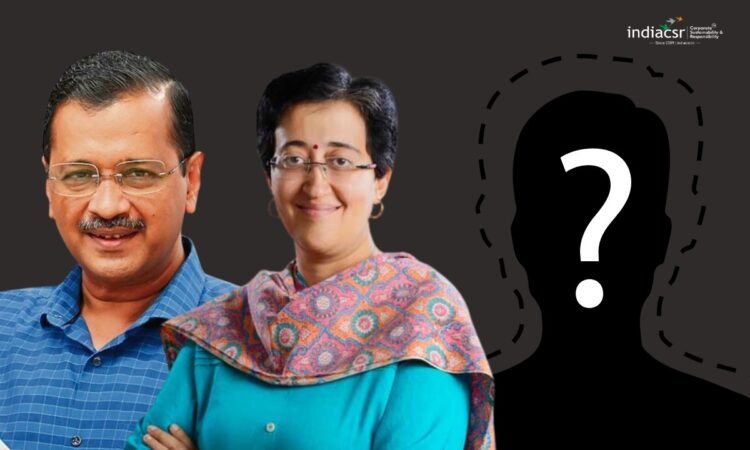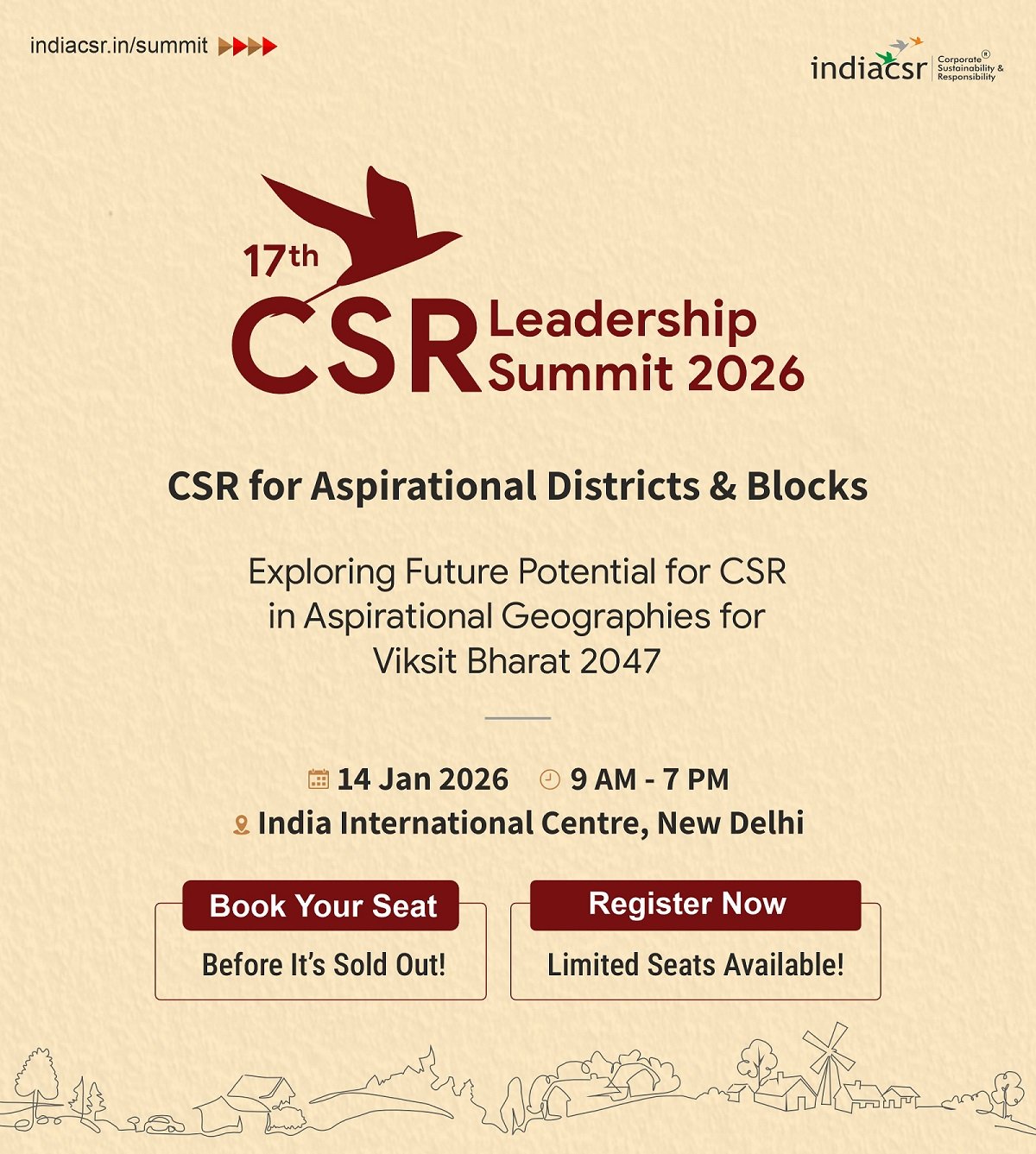Delhi CM List 2025: Delhi, the heart of India’s political and administrative landscape, has witnessed a fascinating transformation over the decades. From its first Chief Minister, Chaudhary Brahm Prakash, to the latest developments in 2024, the leadership of Delhi has played a critical role in shaping the city’s governance, infrastructure, and public services.
As the capital of the world’s largest democracy, Delhi has been a battleground of political ideologies, reflecting the changing aspirations of its people. The city has oscillated between different leadership styles, from the visionary governance of Sheila Dikshit to the disruptive politics of Arvind Kejriwal.
This article takes a deep dive into the list of Delhi’s Chief Ministers, their parties, their tenures, and the legacy they left behind.
Complete List of Delhi Chief Ministers (1952–2025)
| Chief Minister | Party | Tenure |
|---|---|---|
| Chaudhary Brahm Prakash | Indian National Congress | 1952–1955 |
| Gurmukh Nihal Singh | Indian National Congress | 1955–1956 |
| No CM (Central Rule) | N/A | 1956–1993 |
| Madan Lal Khurana | Bharatiya Janata Party | 1993–1996 |
| Sahib Singh Verma | Bharatiya Janata Party | 1996–1998 |
| Sushma Swaraj | Bharatiya Janata Party | 1998 |
| Sheila Dikshit | Indian National Congress | 1998–2013 |
| Arvind Kejriwal (1st Term) | Aam Aadmi Party | 2013 (49 Days) |
| President’s Rule | N/A | 2014–2015 |
| Arvind Kejriwal (2nd Term) | Aam Aadmi Party | 2015–2020 |
| Arvind Kejriwal (3rd Term) | Aam Aadmi Party | 2020–2024 |
| Atishi Marlena | Aam Aadmi Party | 2024–Present |
Early Years of Delhi’s Political Leadership (1952–1956)
Chaudhary Brahm Prakash (1952–1955) – Delhi’s First Chief Minister
Chaudhary Brahm Prakash, a freedom fighter and a stalwart of the Indian National Congress, became Delhi’s first Chief Minister in 1952. His tenure was marked by efforts to uplift rural communities and promote cooperative societies. Under his leadership, Delhi began its transition from a post-independence administrative region to an emerging metropolis.
Prakash faced significant challenges, including a lack of autonomy for the Delhi government, which eventually led to the dissolution of the post in 1956, placing Delhi under direct central rule.
Gurmukh Nihal Singh (1955–1956) – A Brief Stint in Leadership
Gurmukh Nihal Singh briefly served as Delhi’s Chief Minister, focusing on strengthening public services and administration. However, his tenure was short-lived as Delhi’s government structure was reorganized, leading to the suspension of the CM post for several decades.
Delhi’s Political Vacuum and the Reinstatement of the CM Post (1956–1993)
For almost four decades, Delhi did not have a Chief Minister. The city was administered directly by the central government, limiting local governance. It wasn’t until 1993 that the demand for a local government led to the reinstatement of the Delhi Chief Minister’s office.
The 1990s: The Return of Delhi’s Chief Ministers (1993–1998)
Madan Lal Khurana (1993–1996) – BJP’s Popular Leader
The Bharatiya Janata Party (BJP) marked its presence in Delhi’s leadership with Madan Lal Khurana, who prioritized urban development. He worked on improving the water supply, roads, and public transportation. However, internal party issues led to his resignation in 1996.
Sahib Singh Verma (1996–1998) – Continuing the BJP’s Legacy
Sahib Singh Verma continued Khurana’s development agenda, focusing on infrastructure projects. However, political instability led to frequent leadership changes in the BJP.
Sushma Swaraj (1998) – Delhi’s First Woman Chief Minister
Sushma Swaraj, one of India’s most charismatic leaders, served a short tenure as Delhi’s Chief Minister before moving on to national politics. She later became a respected External Affairs Minister, leaving a lasting legacy.
The Sheila Dikshit Era (1998–2013) – Transforming Delhi
Sheila Dikshit, representing the Indian National Congress, served as Delhi’s Chief Minister for 15 years, making her the longest-serving CM in the city’s history. Her tenure saw:
- Introduction of the Delhi Metro, revolutionizing public transport.
- Improvement in road infrastructure, making Delhi a model city.
- Better sanitation and housing projects, enhancing urban living.
- Hosting of the 2010 Commonwealth Games, putting Delhi on the global map.
Despite her remarkable achievements, allegations of corruption during the Commonwealth Games weakened her party’s hold, paving the way for political change.
The Rise of Aam Aadmi Party: Arvind Kejriwal’s Leadership (2013–2024)
Arvind Kejriwal’s First Term (2013) – The 49-Day Government
In 2013, Arvind Kejriwal, leading the newly formed Aam Aadmi Party (AAP), disrupted traditional politics by promising clean governance and anti-corruption measures. However, his first term lasted only 49 days as he resigned due to a political deadlock over the Jan Lokpal Bill.
Arvind Kejriwal’s Return (2015–2024) – Governance Reforms
AAP made a strong comeback in 2015 and again in 2020 with historic electoral victories. Kejriwal’s tenure focused on:
- Education Reforms – Improving government schools and launching the “Happiness Curriculum.”
- Healthcare Advancements – Establishing Mohalla Clinics for affordable healthcare.
- Free Public Services – Free electricity, water, and bus rides for women.
- Anti-Corruption Measures – Promoting transparency in governance.
However, Kejriwal faced multiple challenges, including conflicts with the central government and legal issues. In September 2024, he resigned due to mounting legal pressures, leading to a leadership transition in AAP.
Atishi Marlena: A New Face in Delhi’s Leadership (2024–Present)
Atishi Marlena’s Appointment as Chief Minister (2024)
After Kejriwal’s resignation, Atishi Marlena, a key AAP leader and an education reformist, took charge as Delhi’s Chief Minister in September 2024.
Key Focus Areas Under Atishi’s Leadership
Atishi, known for her progressive approach, aims to:
- Strengthen education and digital learning initiatives in government schools.
- Expand women’s safety measures in public transport and workplaces.
- Improve Delhi’s air quality and sustainability policies.
- Introduce new employment schemes for youth and small businesses.
With the 2025 elections approaching, Atishi’s leadership is under close scrutiny, and her ability to continue AAP’s governance model remains a topic of intense debate.
Delhi Elections 2025: A New Political Shift
The 2025 Delhi Assembly elections marked a major shift in the city’s political landscape. The BJP secured 48 seats, while AAP won 22 seats, signaling a change in voter preference. The Congress failed to make an impact, further diminishing its role in Delhi’s politics.
The BJP’s victory indicates a new era for Delhi, with speculation over who will be the next Chief Minister. As political strategies unfold, Delhi’s governance is set to take a new direction.
You Learn: The Legacy of Delhi’s Leadership
Delhi’s Chief Ministers have played a crucial role in shaping the city’s development. From the early struggles of Chaudhary Brahm Prakash to the infrastructure boom under Sheila Dikshit and the welfare-driven politics of Arvind Kejriwal, each leader has contributed uniquely.
With Atishi Marlena now leading the capital and the BJP preparing for a potential government formation in 2025, Delhi’s political landscape continues to evolve. The future of the city remains uncertain yet full of possibilities, driven by the aspirations of its people and the vision of its leaders.
(India CSR)






